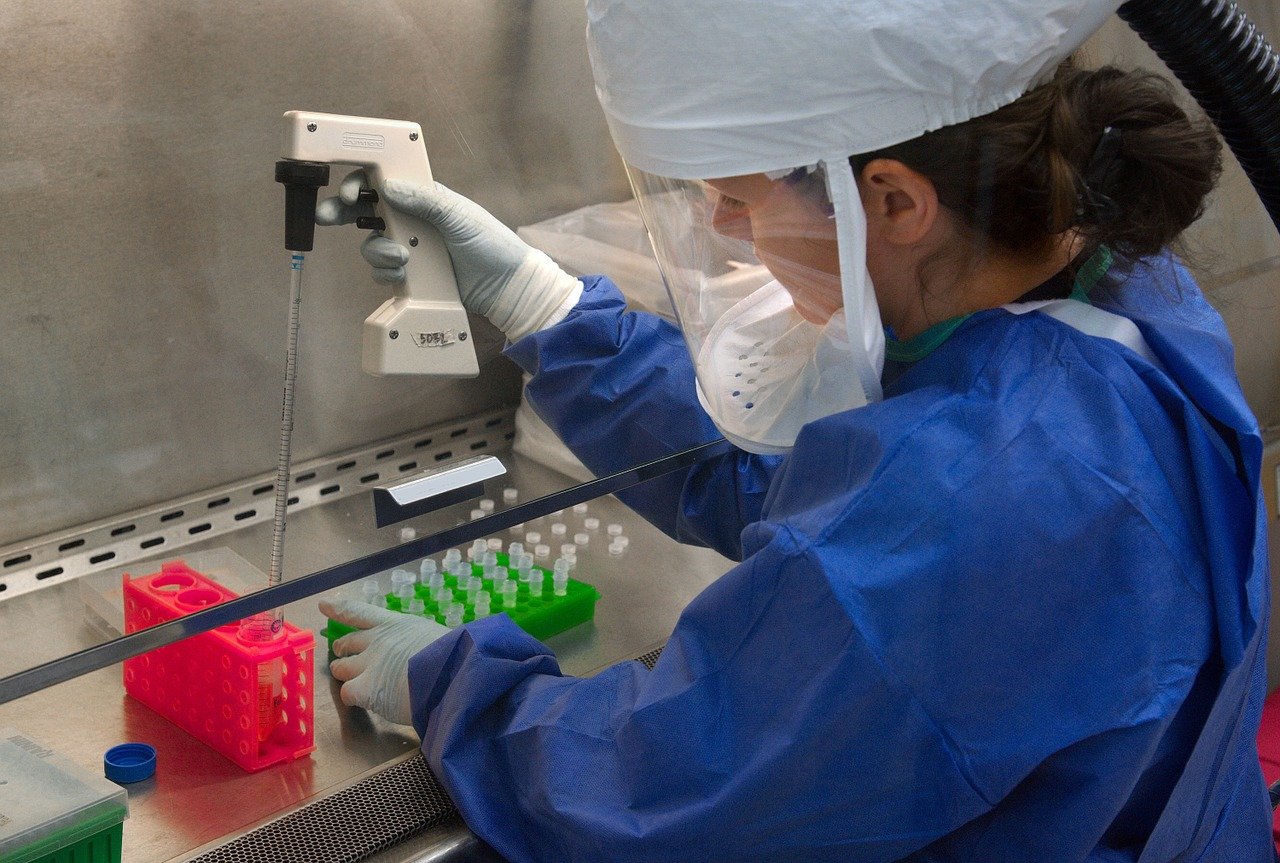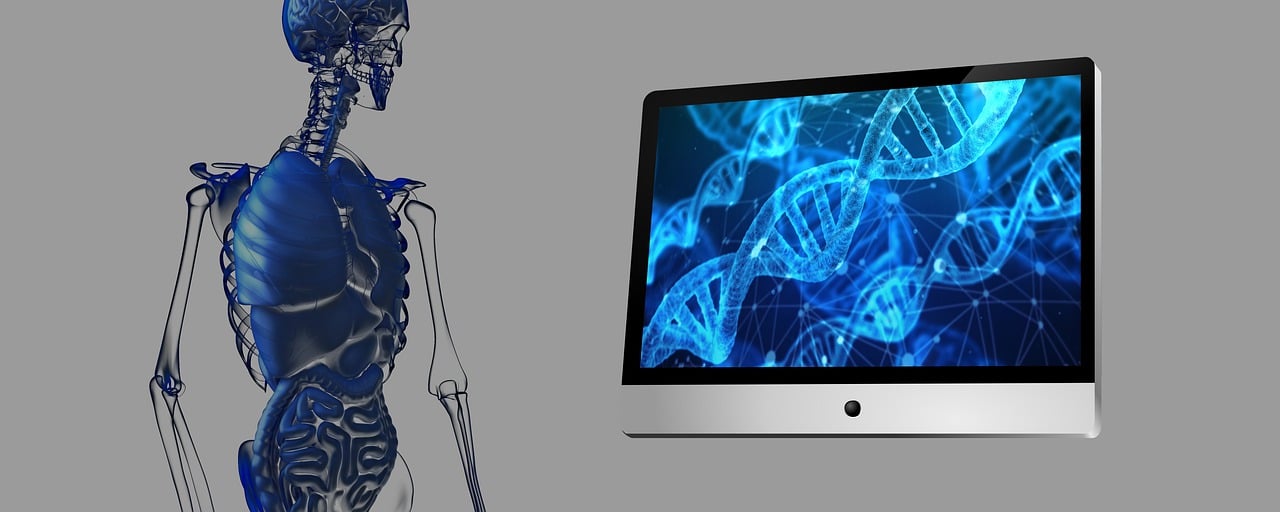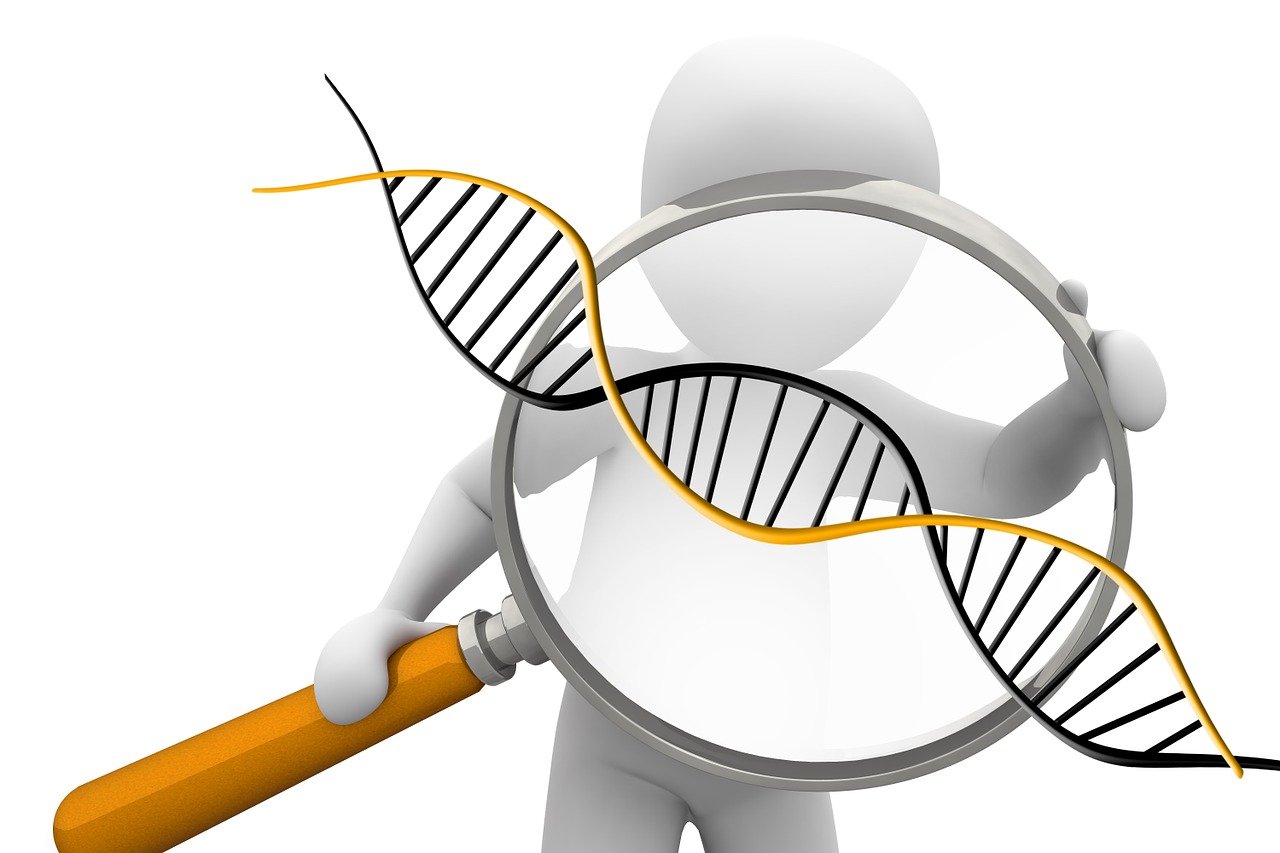
DNA allows each human being to be identified from all other people, since hereditary material is exclusive and unique.
Genetic information is, from the field of Biology , the set of physiological, biochemical and physical traits and characters that are transmitted, through the phenomenon of inheritance , within the same species.
At a legal level, meanwhile, genetic information is understood from two criteria. One focuses on the result of analyzing DNA (deoxyribonucleic acid) and RNA (ribonucleic acid) focusing on chromosome coding. By reconstructing the family history, observing the phenotype of an individual and studying its proteins in order to draw a profile with hereditary factors included, we access the other accepted interpretation in relation to the concept of genetic information .
Transmission of genetic information
The transmission of genetic information from parents (parents) to their offspring (children) is known as inheritance . In this process that has the gene (as each basic unit with key information is called to carry out the transfer of traits or peculiarities) as the protagonist, the mode of reproduction , which can be asexual or sexual, considerably influences. In the first case, it is possible that the DNA is passed on to the new generation in a copycat manner, resulting in a clone (or more). Occasionally, mutations that affect the genetic material may be evident, which depending on the consequences or effects they have will be classified as a positive or negative mutation .
When deepening knowledge about genetic information, it is advisable to have fresh definitions of key notions to make the process of understanding issues related to said topic easier. Thus, it is useful to keep in mind that the word genome is used to identify the complete DNA sequence of a specific organism. The human genome , for example, is made up of approximately twenty-five thousand genes. With techniques and methodologies, meanwhile, we arrive at DNA sequencing , essential to determine in what order each nucleotide is located within a deoxyribonucleic acid oligonucleotide.

Applying personalized medicine allows each subject to receive the most effective treatment tailored to the pathology they present.
Genetic inheritance classes
The types of genetic inheritance are distinguished depending on how the DNA is altered or mutated as it passes between generations of the same species.
In each pair of chromosomes of an individual, a dominant gene and a recessive gene appear. When the first is imposed on the other, we speak of dominant inheritance , while the manifestation of recessive characters in a subject is described as recessive inheritance .
Sometimes, the predominance is partial or incomplete, thus arising an intermediate inheritance . And if, finally, inheritance and manifestation contemplate two dominant traits, the category of co-dominant inheritance becomes visible, in which no gene stands out but rather two dominant type characters are mixed.
What is genetic information used for?
Genetic information serves as a reference and guide within a family or clan because it provides interesting data on the probabilities and risks of suffering or developing certain pathologies in new and future generations.
Carrying out genetic studies is useful to put an end to possible uncertainty and to be able to act preventively or in time in the face of negative hereditary issues.
Prenatal genetic testing , for example, is valuable since it is done during pregnancy to detect mutations that may cause certain genetic diseases . Once born, in addition, a baby can undergo postnatal genetic testing with the aim of arriving at an early diagnosis and, if possible, starting the corresponding treatment as soon as possible for the patient's well-being.
At other stages of life, predictive genetic tests are available, advisable to find out what degree of probability a human being has of being a victim of a genetic disease , such as certain types of cancer . In this regard, it is essential to know and remember that cancer is not hereditary , but there may be, genetically speaking, a greater or lesser predisposition to, at some point, developing one.
It is important to keep in mind that there are chromosomal disorders due to anomalies based on the deficiency or excess of genes in part or all of a chromosome. Down Syndrome is part of this reality. There are also mitochondrial pathologies linked to DNA , multifactorial conditions and monogenic diseases .
There are, unfortunately, a lot of genetic diseases . They fall into this range from the hereditary disorder that is linked to inadequate blood clotting and is known as hemophilia to cystic fibrosis , a hereditary disease that mainly damages the digestive system and the lungs.
Scientific research, technological innovation and advances in medicine excite millions of people who, today, suffer from health problems that currently have no cure or require them to undergo experimental treatments .

The genetic information of each organism is concentrated in DNA:
Science at the service of health
Science is always at the service of health , but the times of researchers are not the same as those who are desperate to find solutions for serious conditions that they experience firsthand or that cause helplessness when they afflict loved ones.
Deciphering the genetics of common diseases , for example, has been a challenge that years ago yielded enriching results regarding the knowledge of diabetes , high blood pressure and myocardial infarction .
Numerous specialists, meanwhile, are dedicated to working, studying and researching the genetics of rare diseases and the genetics of complex diseases because at all times there are questions to be discovered in favor of the well-being of people and the future of humanity, finding, to describe a possibility, a light of hope in experimental actions such as gene therapy or in the modern and comprehensive approach that gives rise to the so-called precision medicine .
